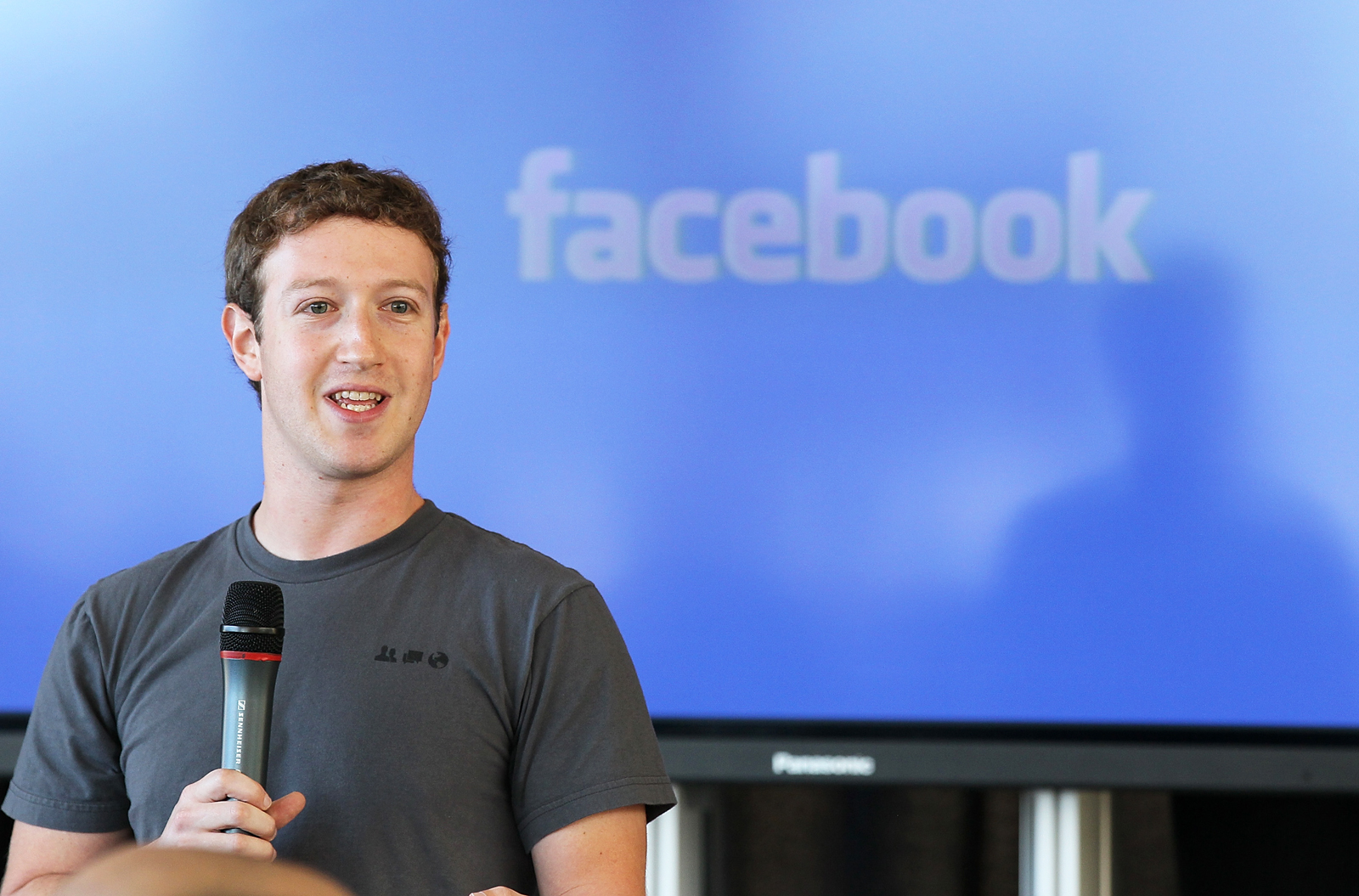
As the news publishing industry is increasingly catalysed by advancements in technology, some editors and readers have concerns that too much technology could take away the human element of content. This is why it is crucial to leverage technology without letting it leverage you.
In an ideal world, technology should be used not only as a tool to alleviate editors’ workflow burdens, but also as a support to get them and their content closer to their readers. To anticipate and meet reader needs. To understand and accommodate their behaviours. To create a sense of empathy and connection, and nurture relationships of trust.
Indeed, from the content management system to the front end, the technology news publishers use should come together not only to facilitate newsroom transformation but also to create a comfortable experience for their readers.
The home page
During his presentation at the Livingdocs Summit last September, Hannes Vollmuth, senior editor for digital strategy and innovation at Süddeutsche Zeitung, said news publishers should reorient their perspective from “distribution first” to “destination first.”
They should design their home pages so they are like their readers’ favourite local café: It should be a place where everyone knows their name, favourite order, and appetite for trying something new — all while offering a familiar environment.
It should be a home page that is as reader-centric as possible. And technology can help with that.
Following this metaphor, if a favourite cafe can anticipate the needs of a customer in the form of a favourite beverage, a home page should be able to proactively and responsively cater to a reader’s needs.
- Leveraging tech, news companies can create more human-centric, relevant content
- AI alone isn’t enough to power a newsroom
Keep Reading
To do this, editors can organise content based on perceived or measured user needs. This can be done using a model, like the Smartocto user needs model, which defines eight different user needs based on four central groups.
Where tech comes in
But, how can newsrooms apply this model efficiently to offer more reader-centric content without losing momentum?
This is where technology comes in: Editorial teams can make use of metadata plugins that can assist in categorising different types of content according to user needs. It can then be placed appropriately on the home page and throughout the publication to best resonate with readers.
Indeed, categorising content according to user needs early on — already at the topic and distribution planning stage — can help media organisations create a mix of content readers genuinely desire.
News publishers must be like that familiar cafe ready to meet one of the regulars who is always on the go with fast delivery of their preferred coffee (take away, of course) and brief, polite conversation.
They must also anticipate the needs of another regular who likes to sit in the corner armchair for hours with a large oat latte (or three) and sparks conversation with the baristas.
In short, news publishers must understand that making their community of readers feel at home consists of fulfilling their needs and also of accommodating behaviours.
AI can help with reader attention
When it comes to the news, duration of attention is a key behavioural marker.
It is no secret that, in the digital age, society at large is experiencing a trend of ever-shortening attention spans. Despite this daunting fact, there are many ways news media organisations can capture and keep the attention of their readers.
One example is the use of AI-generated, short-form videos offering summaries of news stories in a readily accessible, easily digestible, sensorily engaging format. Another is introducing AI assistants making use of GenAI to implement machine-based collaborators that help generate article summaries so readers on the go — or those with particularly narrow windows of focus — can be updated as quickly as possible.
In a final allusion to the local cafe, some cafes may be franchised, and therefore have decor, menus, and quirks that are locale-specific.
A multi-brand news publishing house has the same set of parameters.
In a news company with multiple brands defined according to region or thematic content, there may be some overlapping content. However, certain content would be showcased or prioritised differently, depending on the audience.
In this case, editors would be well served by technology capable of curating and delivering digital news with specificity. This technology can designate certain components to be delivered only for certain brands, regional contexts, or thematic focus.
Being able to place conditions on content aligning with a given brand is especially useful if a publisher presents the same home page or publishes the same articles across different, yet connected, brands. This capability can also be applied to conditions related to time and date, which allows for greater possibilities in more complex page management scenarios.
In today’s news media landscape, news publishers must find a balance in the human-machine relationship while taking an intentional, people-centered approach, both within an organisation and outwardly toward its readers.
Editors must be able to maintain creative control rather than letting GenAI take over every time they feel writer’s block. News media companies need to be able to use technology so their content is even closer and more relevant to their readers. Publishers should be able to design and align their content algorithmically or with automation according to specific user needs to create a relationship of trust.
In the world of digital news, there may not be any sign of technological advancements slowing down.
However, keeping readers, their needs, their behaviours, and their world at the centre of decision-making related to digital transformation is the only way forward to maintain reader loyalty, economic viability and ultimately, personal integrity.










